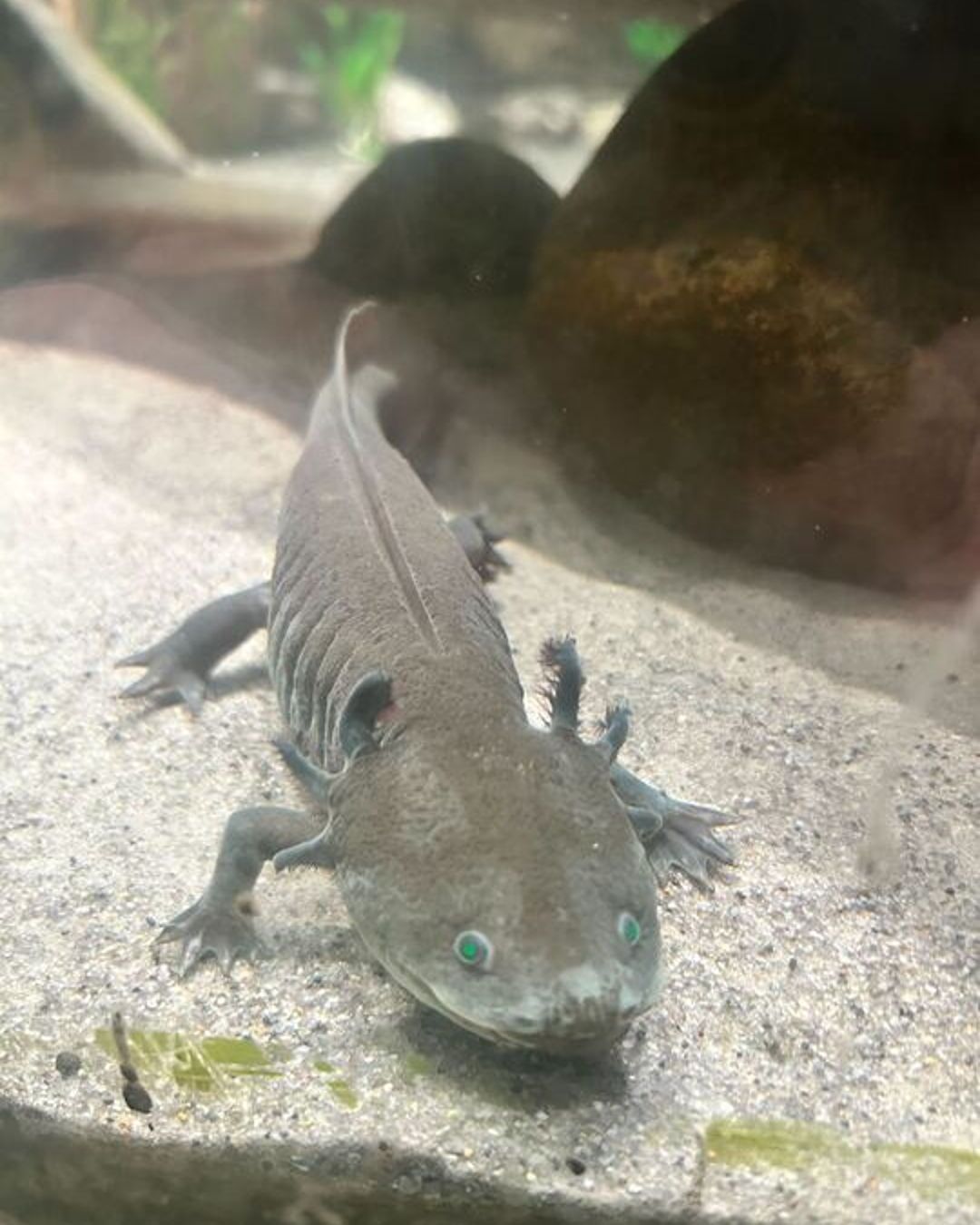- Axolotls are native to Lake Xochimilco in Mexico City and are now critically endangered.
- Factors contributing to the decline of axolotls include pollution, habitat destruction, and invasive species.
- Current conservation efforts aim to protect the fragile ecosystem of Lake Xochimilco.
- The Sacramento Zoo provides educational opportunities to learn about axolotls and conservation.
- Public awareness and involvement are essential to support axolotl conservation initiatives.
The journey of the axolotl is as remarkable as it is precarious. Native exclusively to Lake Xochimilco in Mexico City, this intriguing amphibian species, often referred to as the "Mexican walking fish," faces a critical battle for survival. Axolotls have fascinated scientists and nature enthusiasts for their regenerative abilities, yet their numbers in the wild are alarmingly low.
The lake that sustains them, Lake Xochimilco, is a remnant of a vast lake and canal system that once covered the Valley of Mexico. Today, the challenges these amphibians face range from severe pollution to habitat loss and invasive species. Understanding these dynamics is vital for their conservation.
Axolotls thrive in the murky waters of Lake Xochimilco, which is surrounded by one of the largest urban areas in the world. The unique ecosystem of the lake presents both opportunities and threats to their survival. Pollution from urban runoff introduces toxins that disrupt their sensitive aquatic environment. Meanwhile, invasive species, such as tilapia and carp, compete with axolotls for food and introduce diseases.
Habitat loss exacerbates these problems. As Mexico City has expanded, construction projects have encroached on the wetland areas crucial for the axolotl’s breeding and feeding. With their numbers dwindling, the International Union for Conservation of Nature (IUCN) lists axolotls as critically endangered, making this a pivotal time in their conservation journey.
Conservation groups are deeply engaged in efforts to restore and protect Lake Xochimilco. Strategies include habitat restoration, pollution clean-up, and the control of invasive species populations. Artificial channels and refuges are being constructed to provide safe havens for axolotls to thrive. These initiatives highlight the interconnectedness of human activity and wildlife sustainability.
Educational institutions like the Sacramento Zoo serve as critical partners in these efforts. The zoo not only provides a home for captive axolotls, assisting in breeding programs, but it also acts as a hub for public education about these creatures and their plight. By offering insights into axolotl biology and behavior, the zoo helps spark interest and action toward conservation efforts.
Public involvement is crucial. Supporting these endeavors involves more than just scientific effort; it requires a concerted push to increase awareness and drive policy change. Communities must advocate for environmental regulations that protect wetlands and curtail pollution. This requires collaboration between local residents, governments, and international organizations.
Citizen science projects can play a pivotal role in monitoring axolotl populations. Engaging the public in data collection helps researchers understand the species’ status and the effectiveness of conservation measures. By collecting data on sightings and environmental conditions, individuals can contribute to ongoing conservation research.
Axolotls serve as an indicator species, representing the overall health of the Xochimilco ecosystem. Their survival is intrinsically linked to the well-being of the environment they inhabit. As conservation efforts continue to evolve, it is imperative that these amphibians remain in the spotlight, driving efforts to protect one of the planet’s unique ecosystems.
Ultimately, the fate of the axolotl is more than a question of scientific interest; it is a call to action for environmental responsibility. Each step taken to aid in their conservation is a step toward restoring ecological balance and nurturing biodiversity within urban landscapes.
*****
Source Description
Axolotls are native to just one place in the world: Lake Xochimilco in Mexico City.
Wild axolotls are now critically endangered due to pollution, habitat loss, and invasive species. Conservation efforts are ongoing, but their future depends on protecting the delicate ecosystem they call home.
Visit the Sacramento Zoo to learn more about axolotls and how you can help protect this incredible species!


